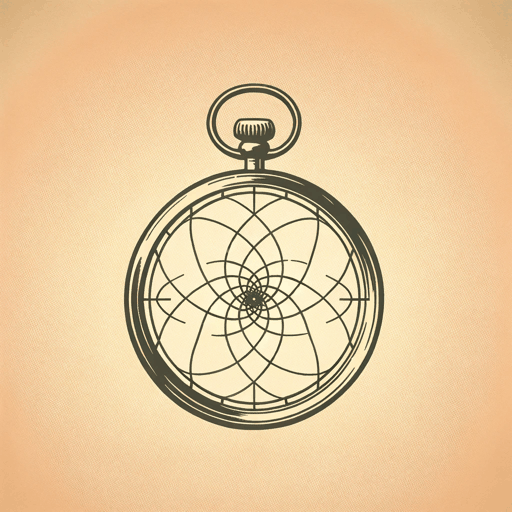46 pages • 1 hour read
Alan LightmanEinstein's Dreams
Fiction | Novel | Adult | Published in 1992A modern alternative to SparkNotes and CliffsNotes, SuperSummary offers high-quality Study Guides with detailed chapter summaries and analysis of major themes, characters, and more.
Symbols & Motifs
Clocks and Watches
Much of the novel explores human perceptions of time and how that perception can be viewed as either negative or positive, a treasure or a curse, mechanical or body. Clocks represent how humans interact with time and their relationships with one another as directed and dictated by time’s construct in the novel’s different dreamworlds. Thus, clocks represent perceptions of time, and the clock/watch motif explains how human perceptions of time differ.
In one world, characters wear watches as jewelry but never look at them. In another world, characters worship clocks, believing that they’re symbols of the absolute. In yet another world, clocks have been banned. In all of the worlds, clocks represent not only time as tracked by a mechanical device but time as perceived by the humans in that world.
In the world where the Great Clock rules all, humanity’s perception of this invention drives its perception. People perceive the invention as a mistake and thus are bitter about the mechanism that controls them. This world exemplifies how perceptions of time drive quality of life; in addition, it connects perception to free will.

